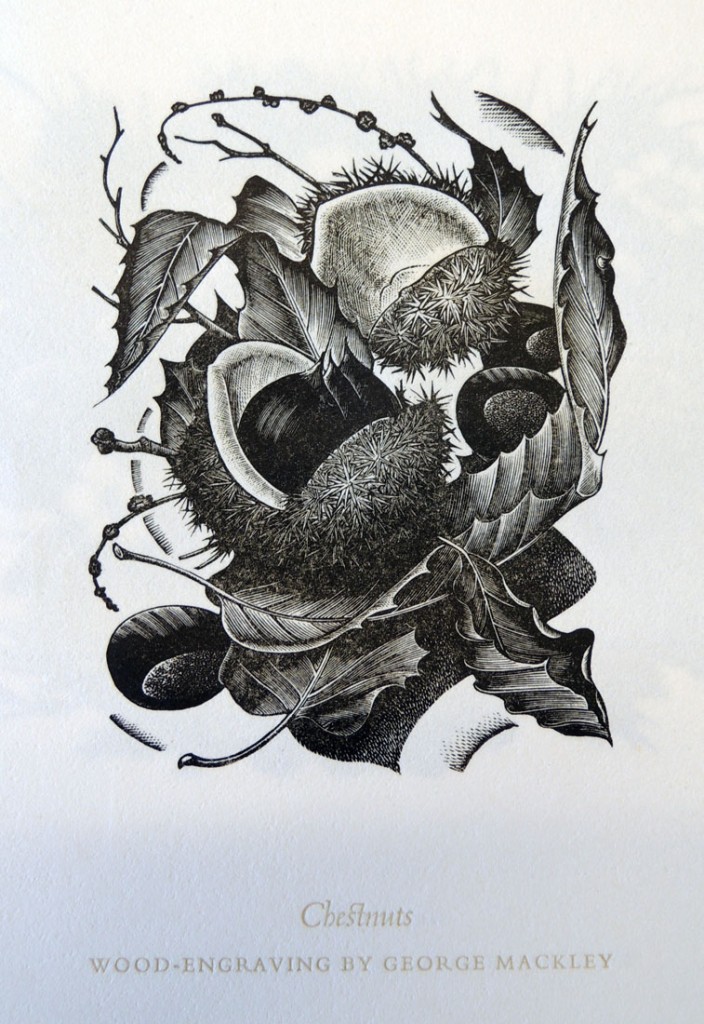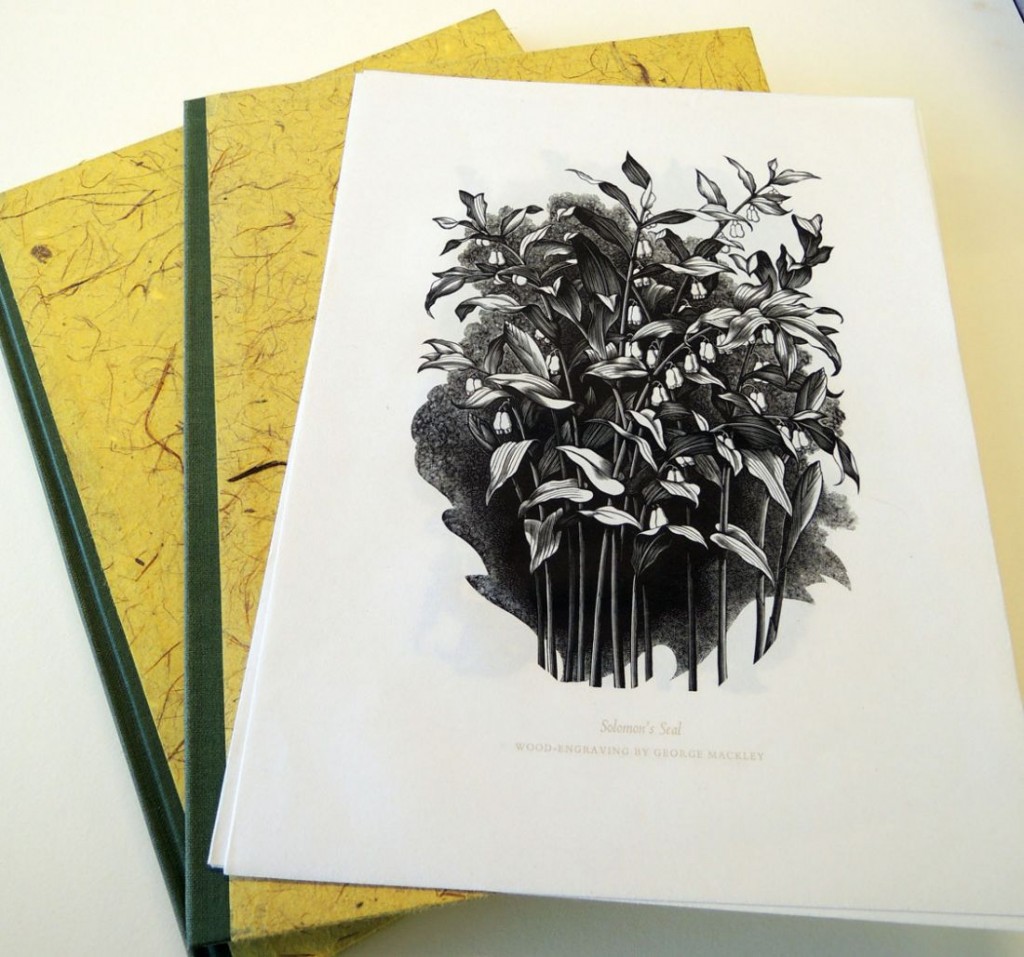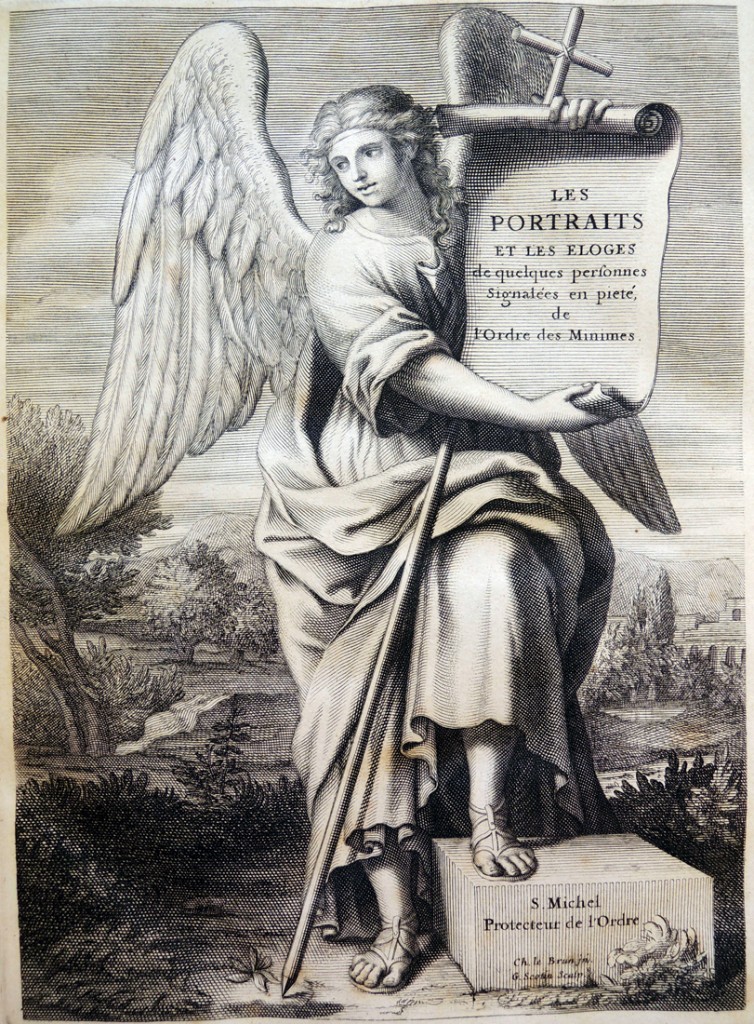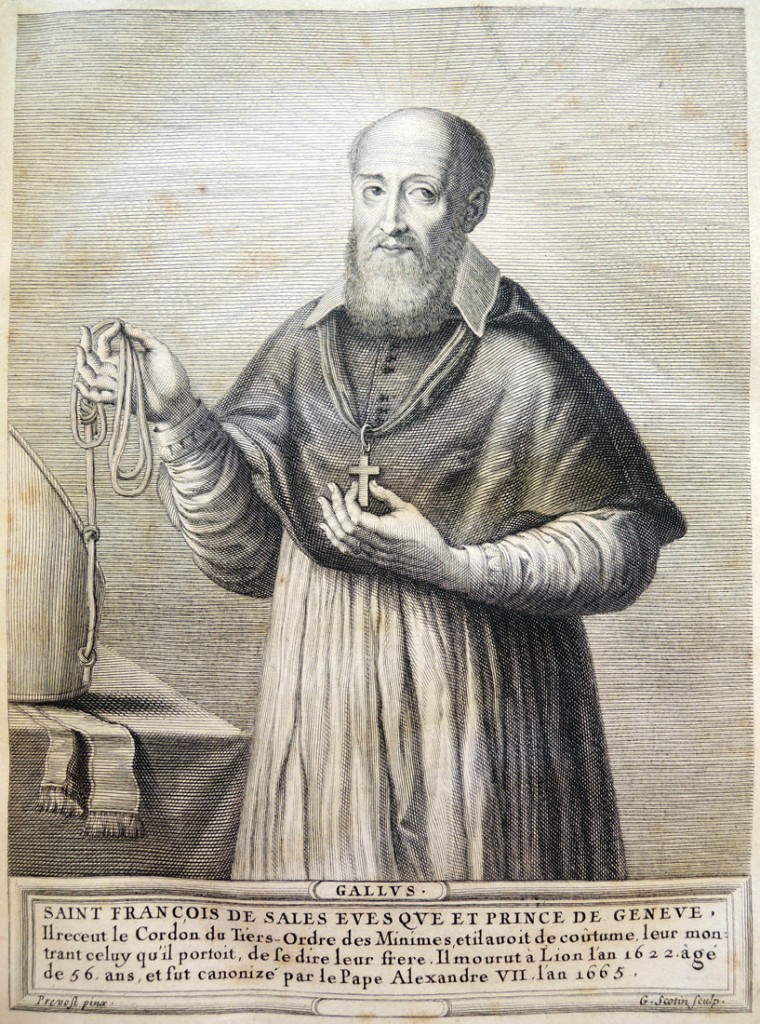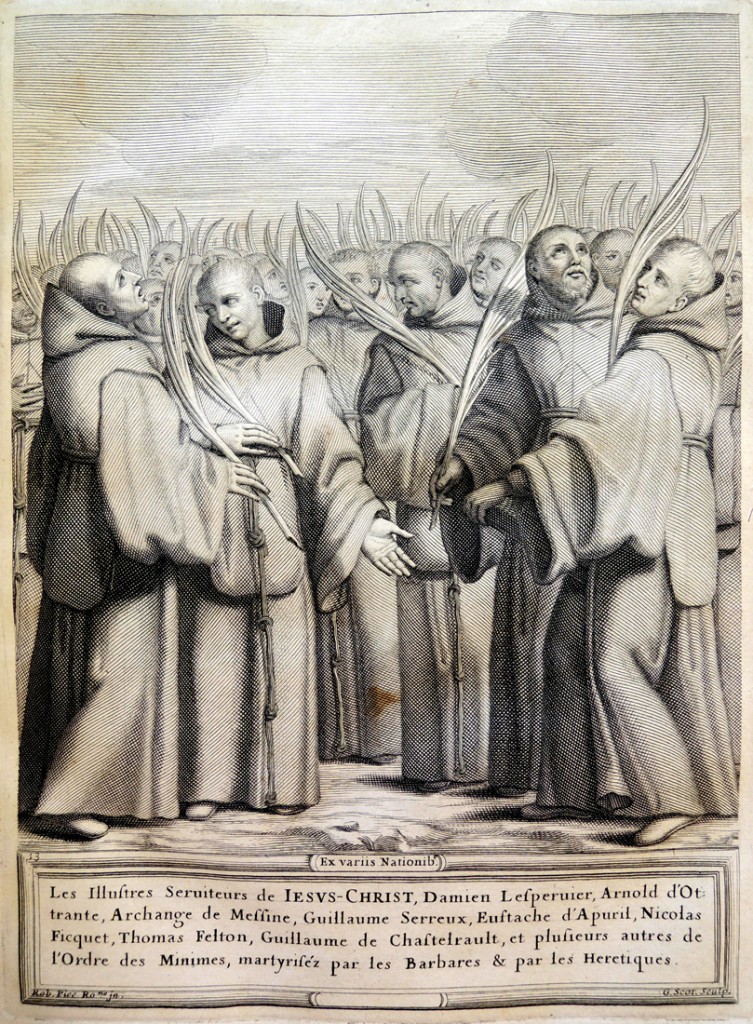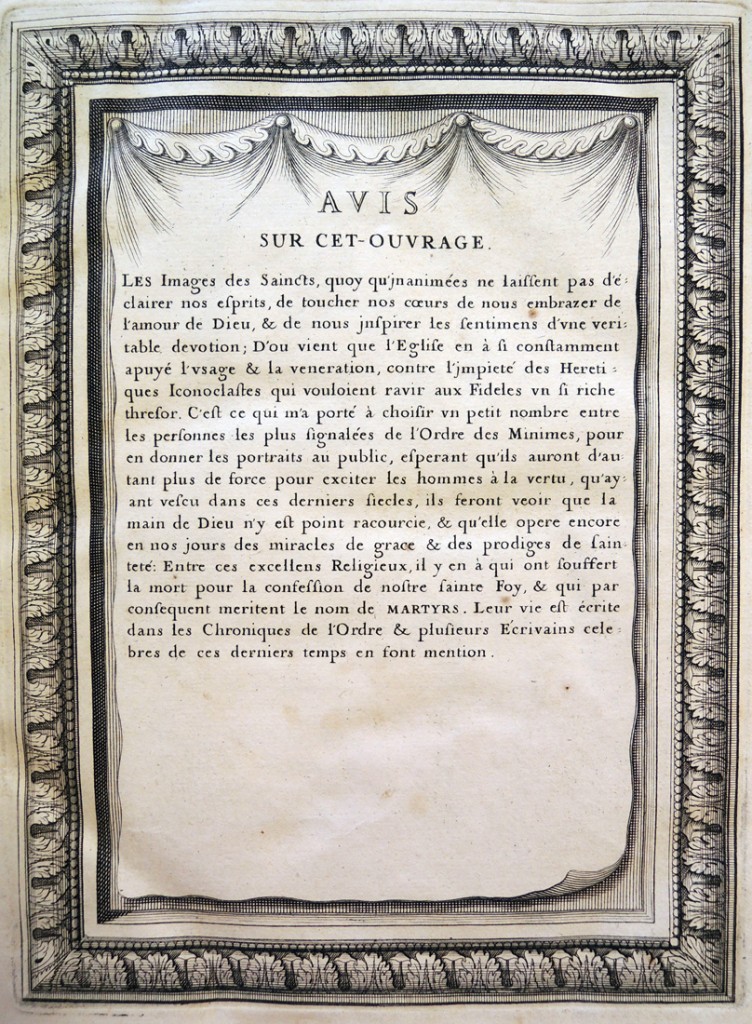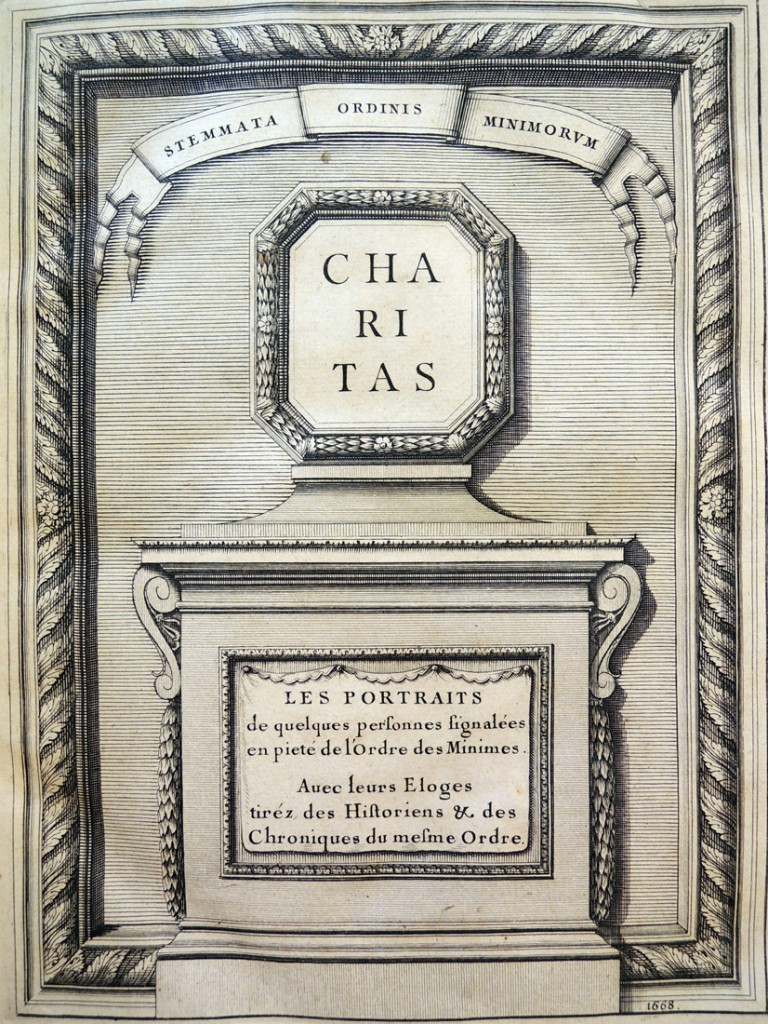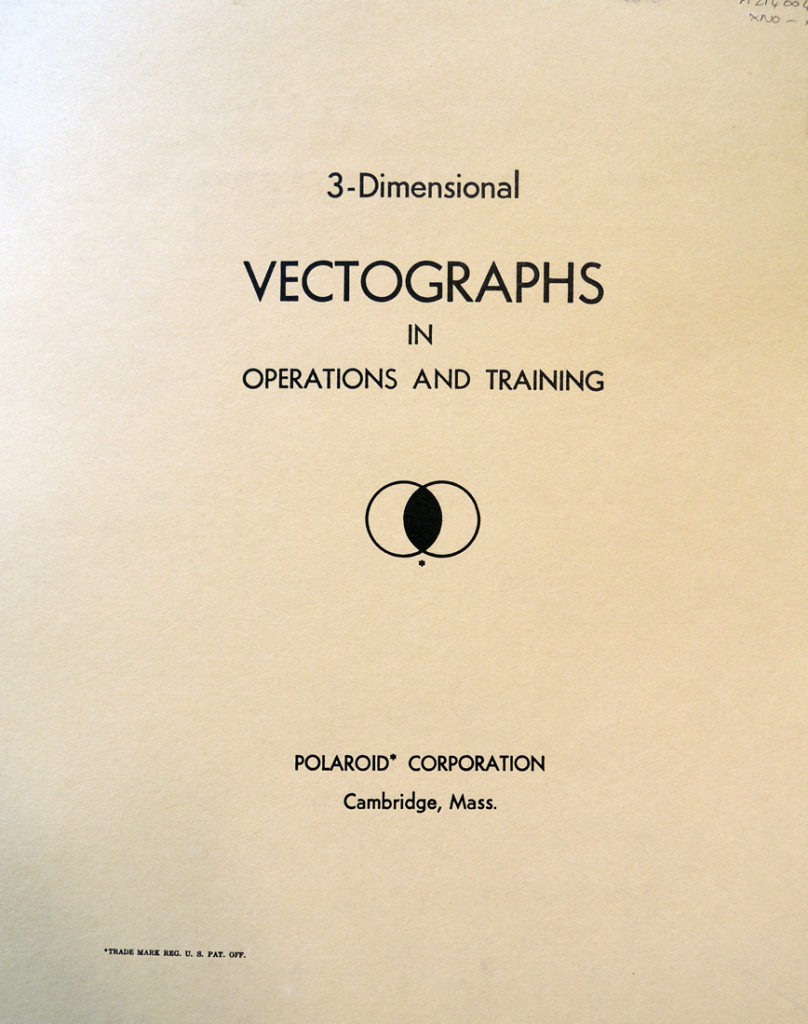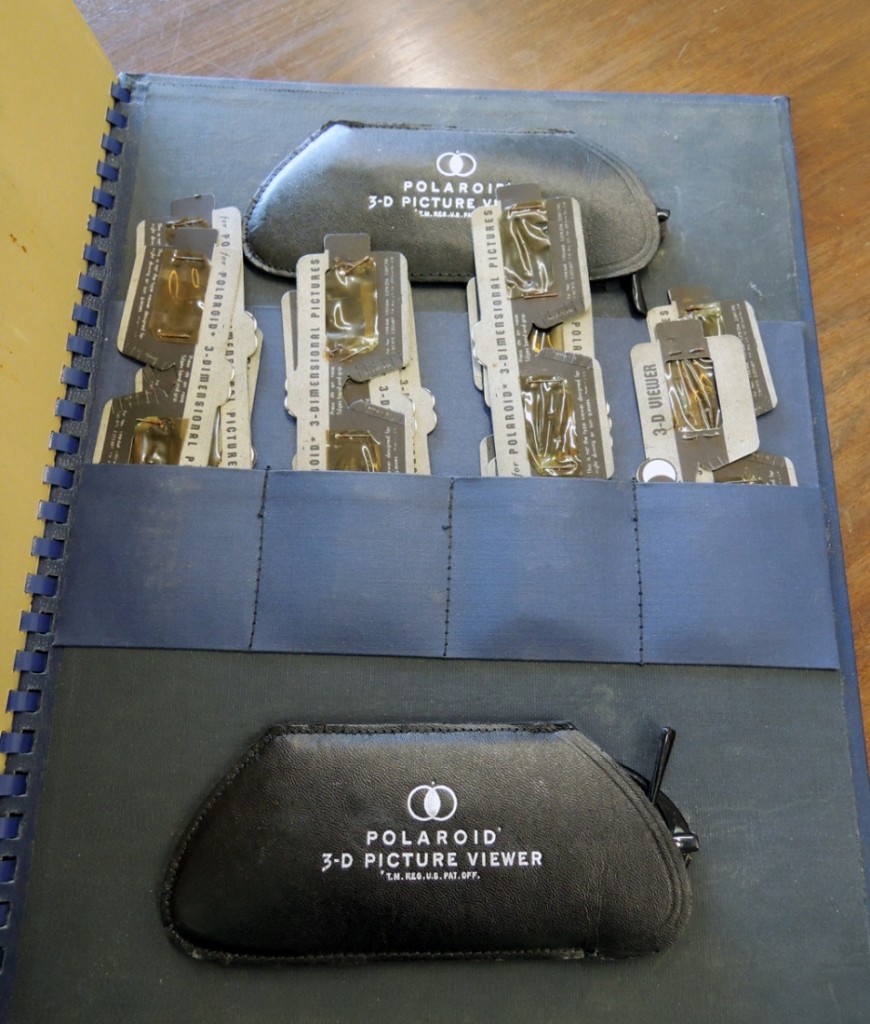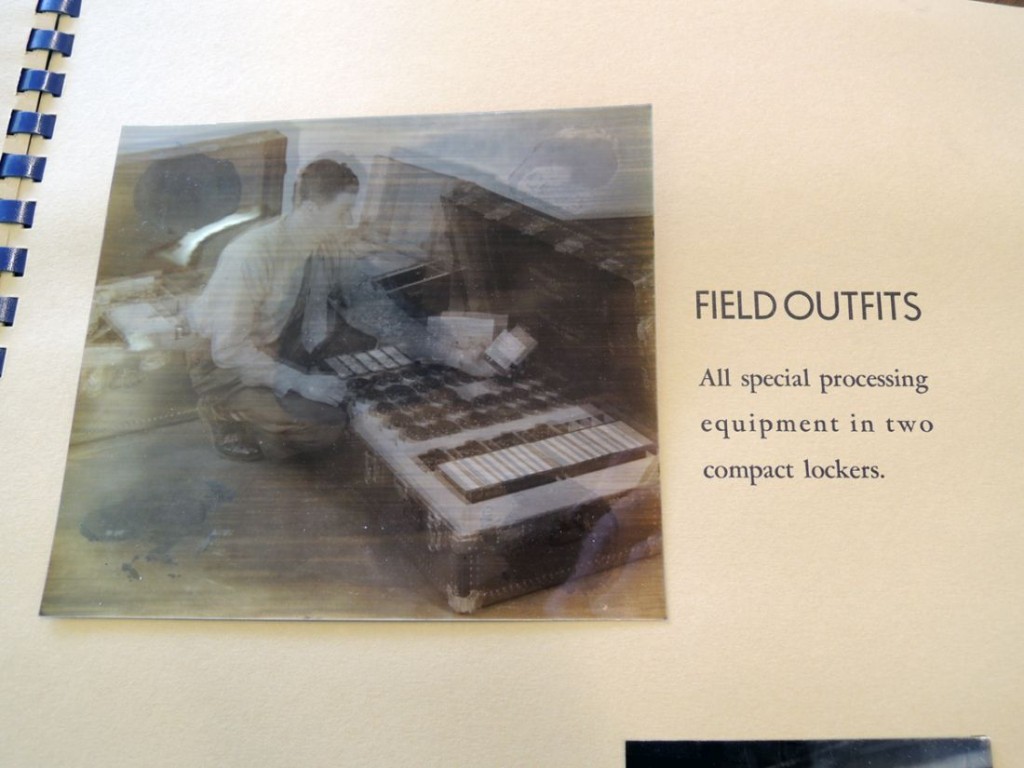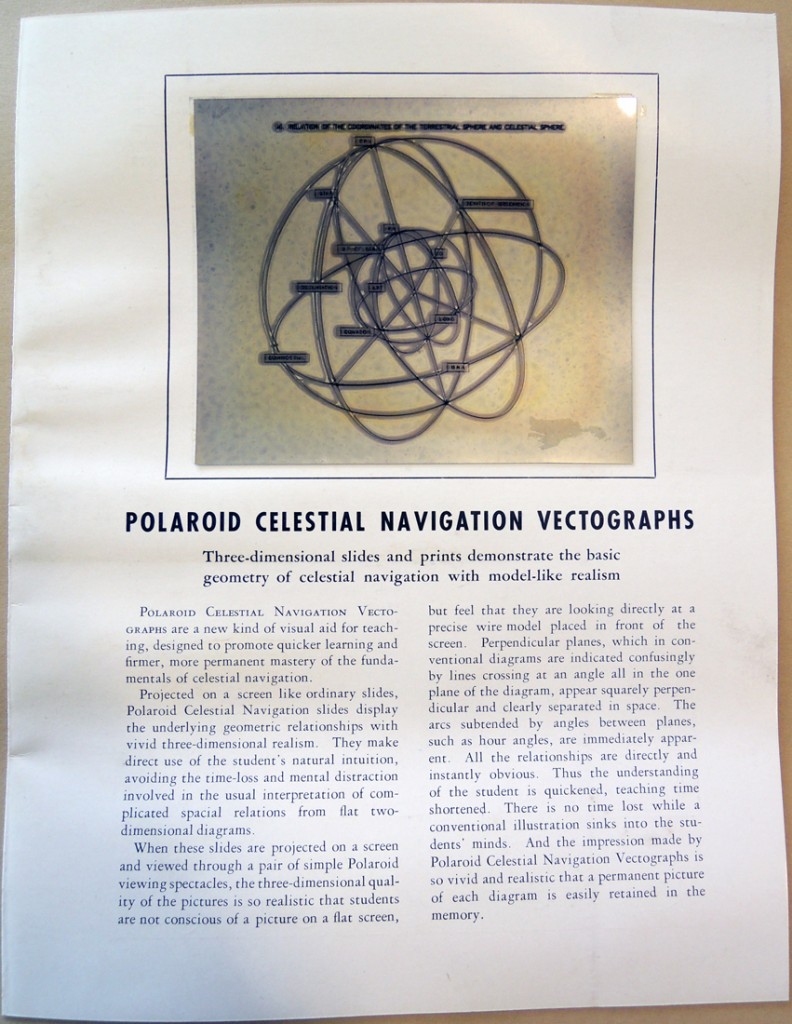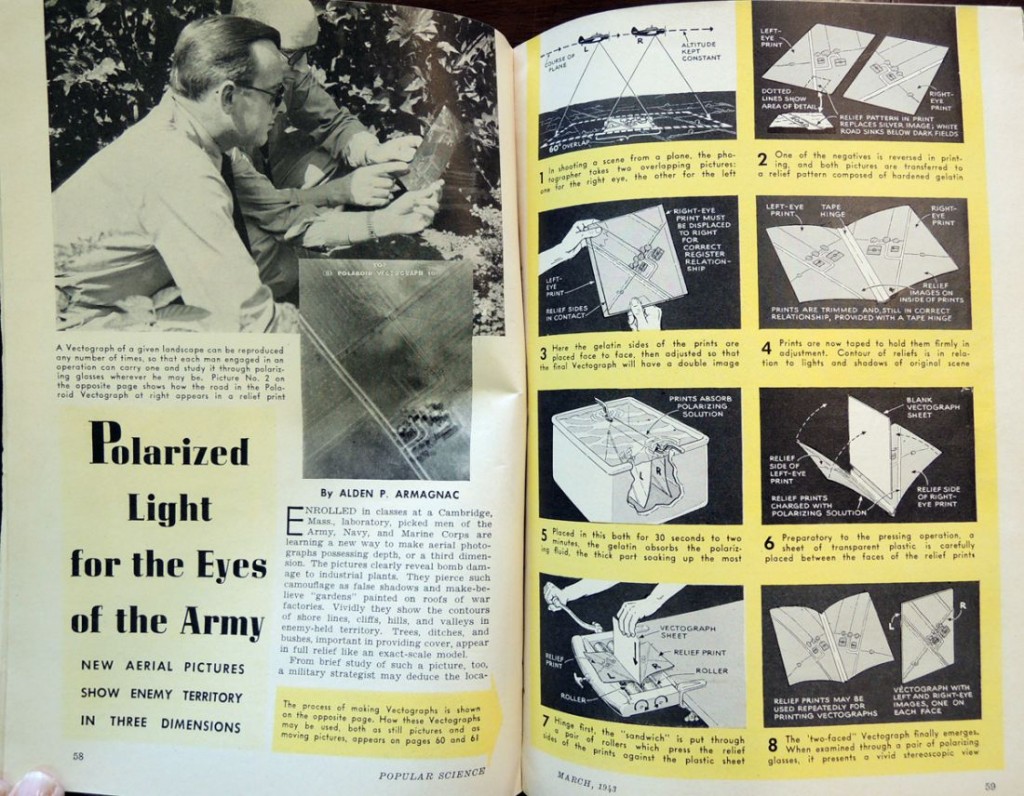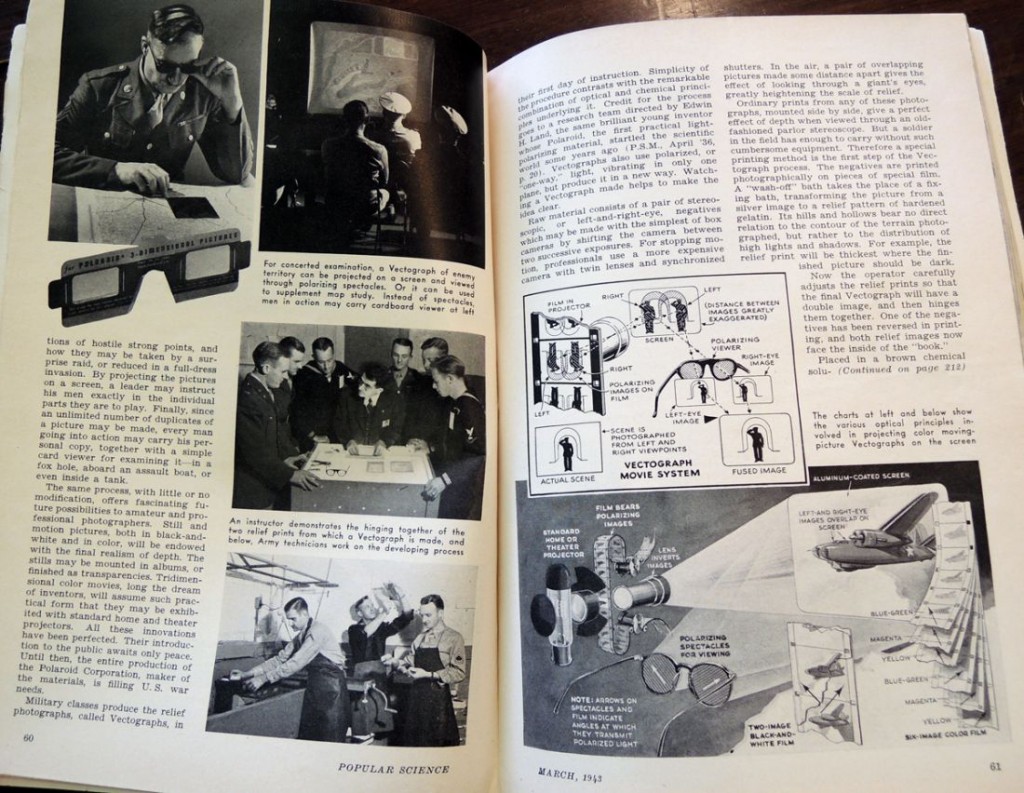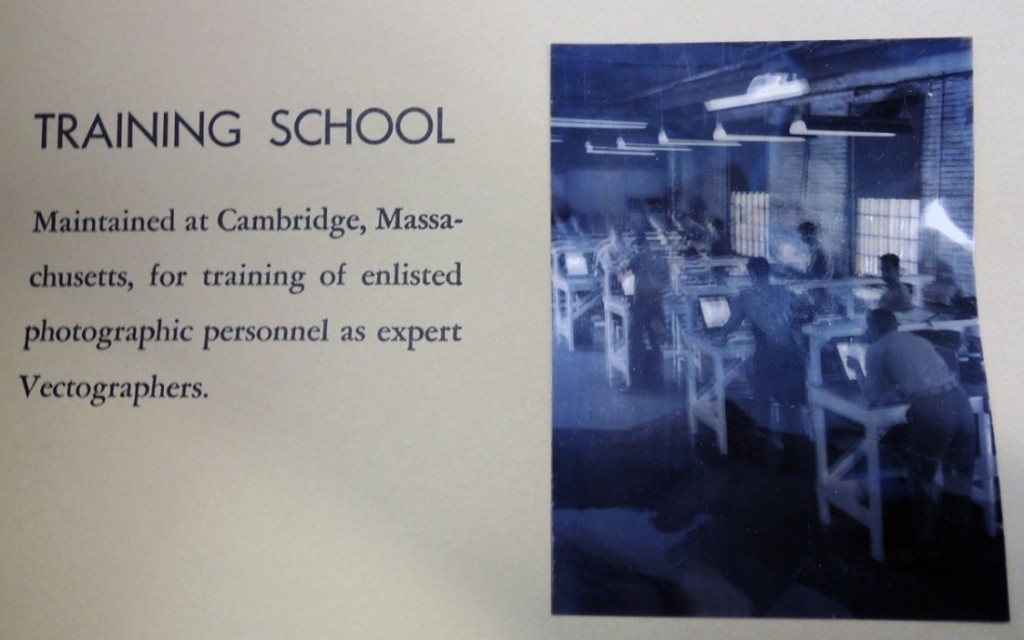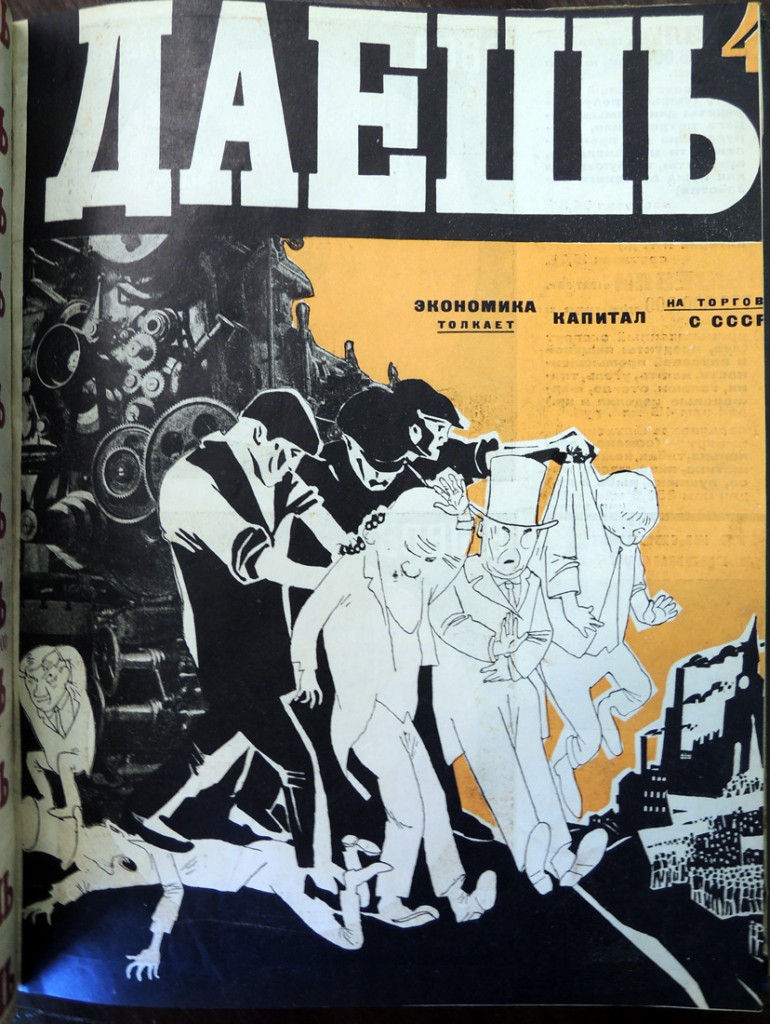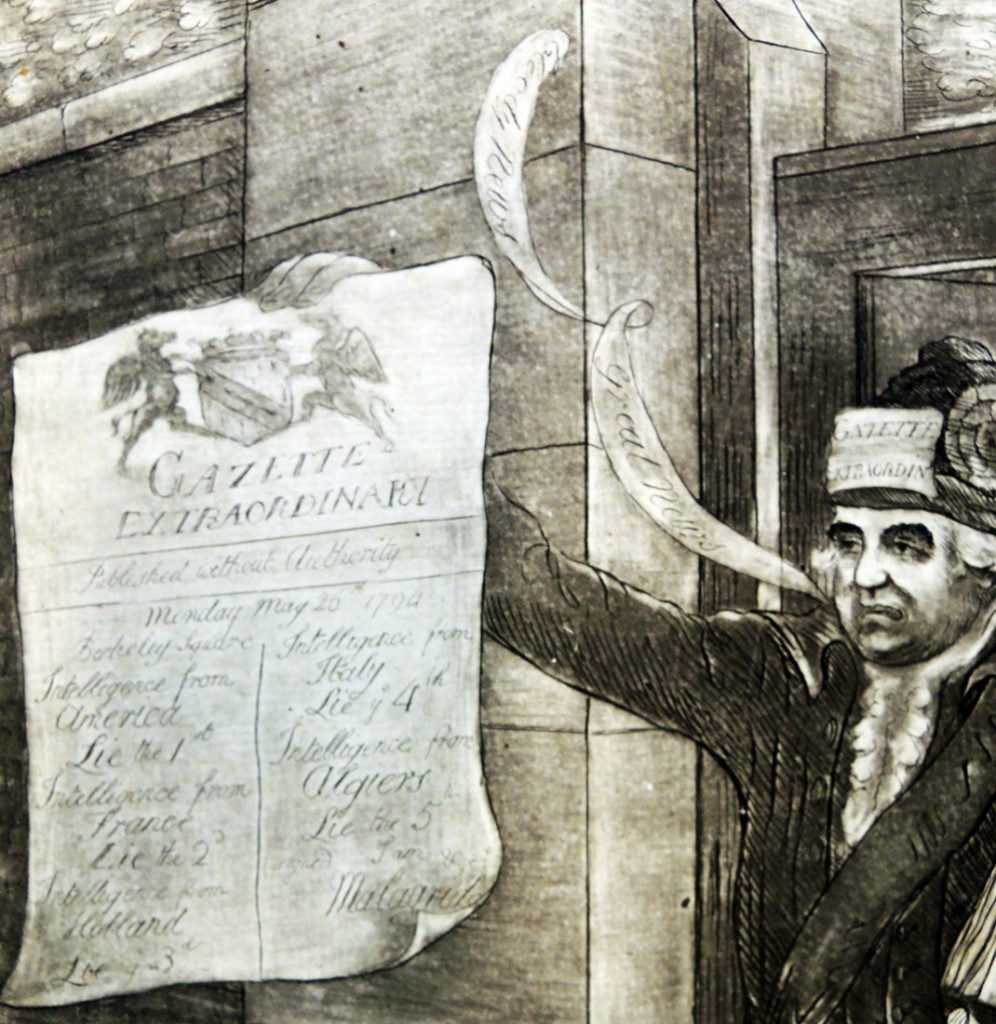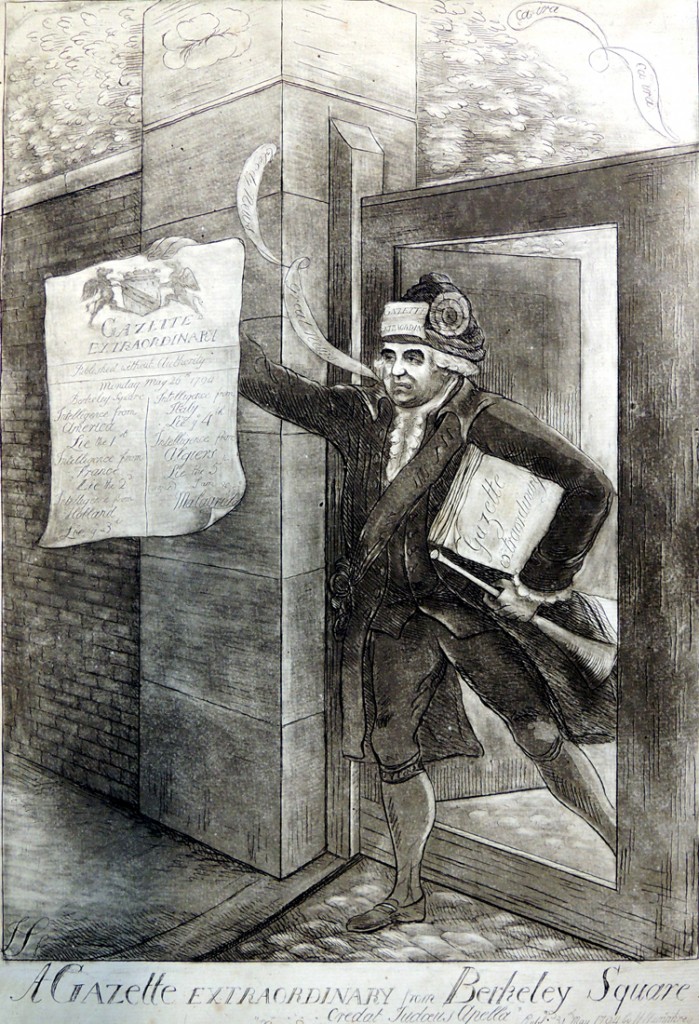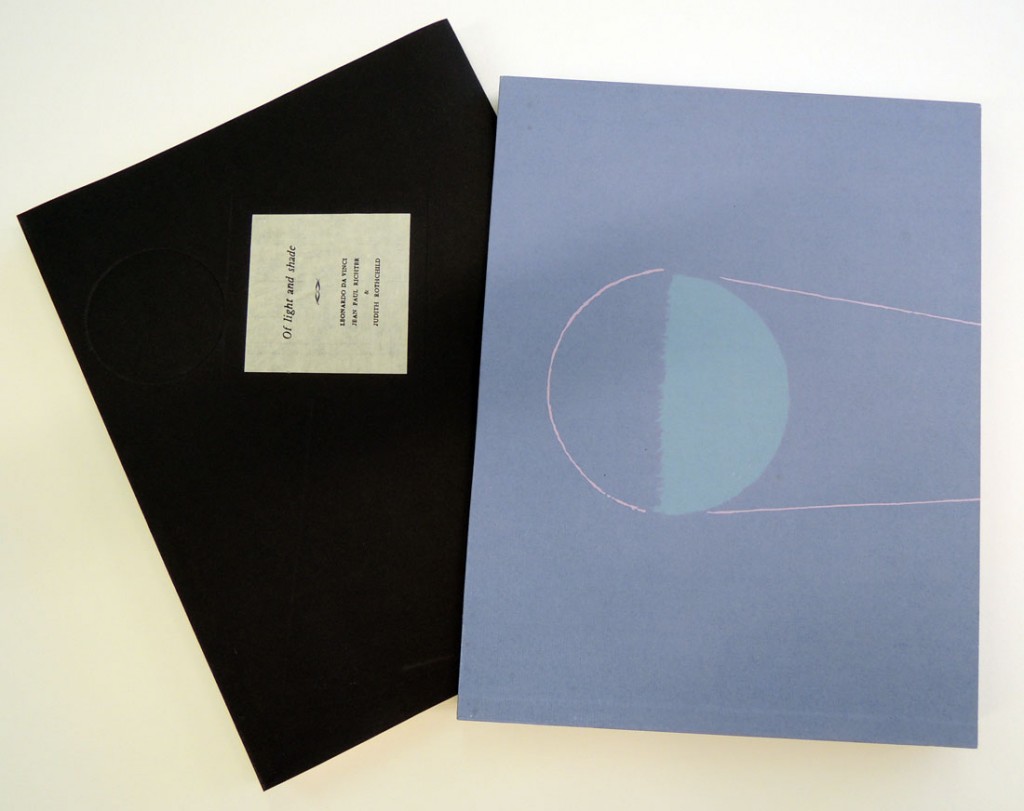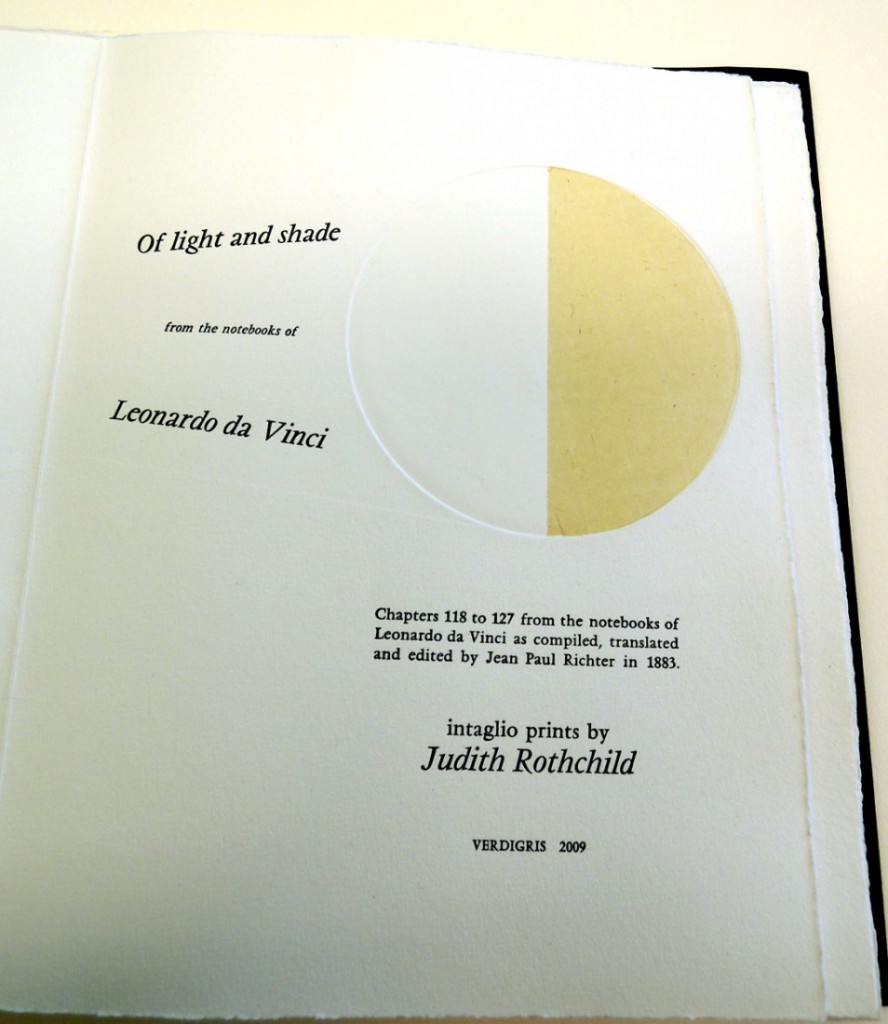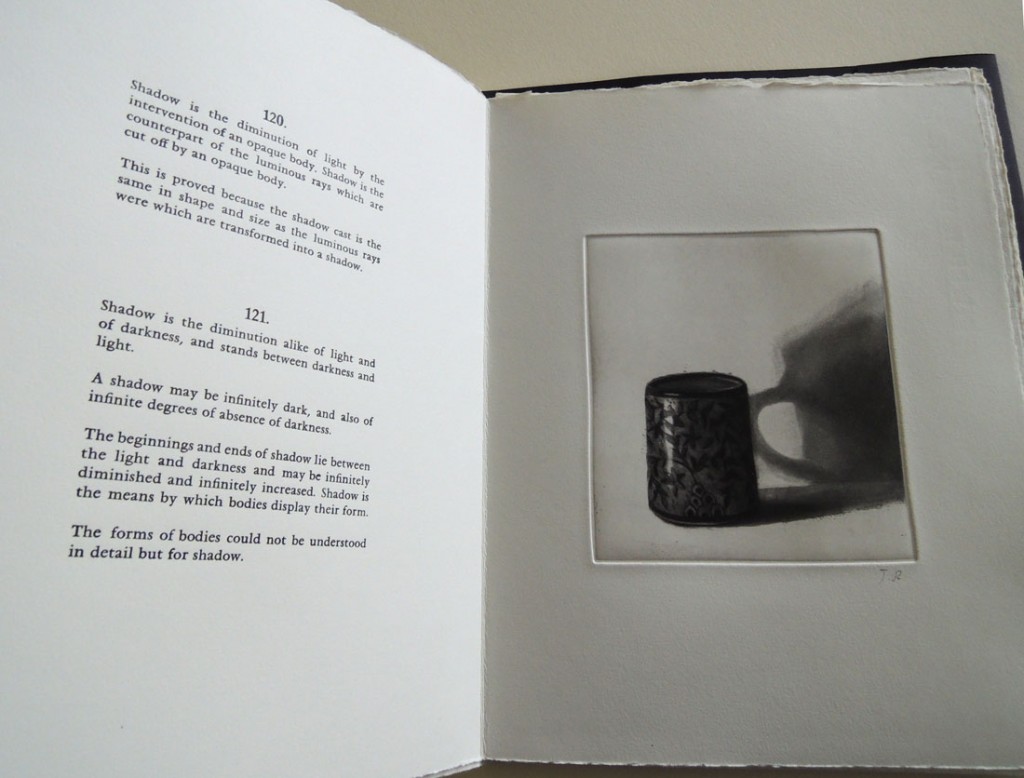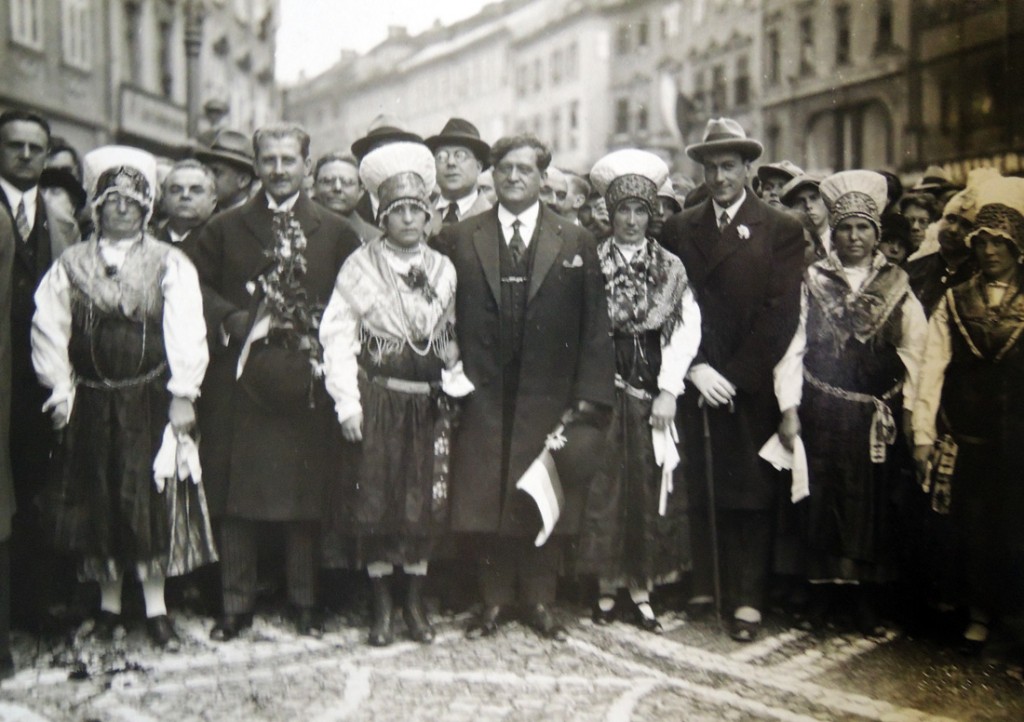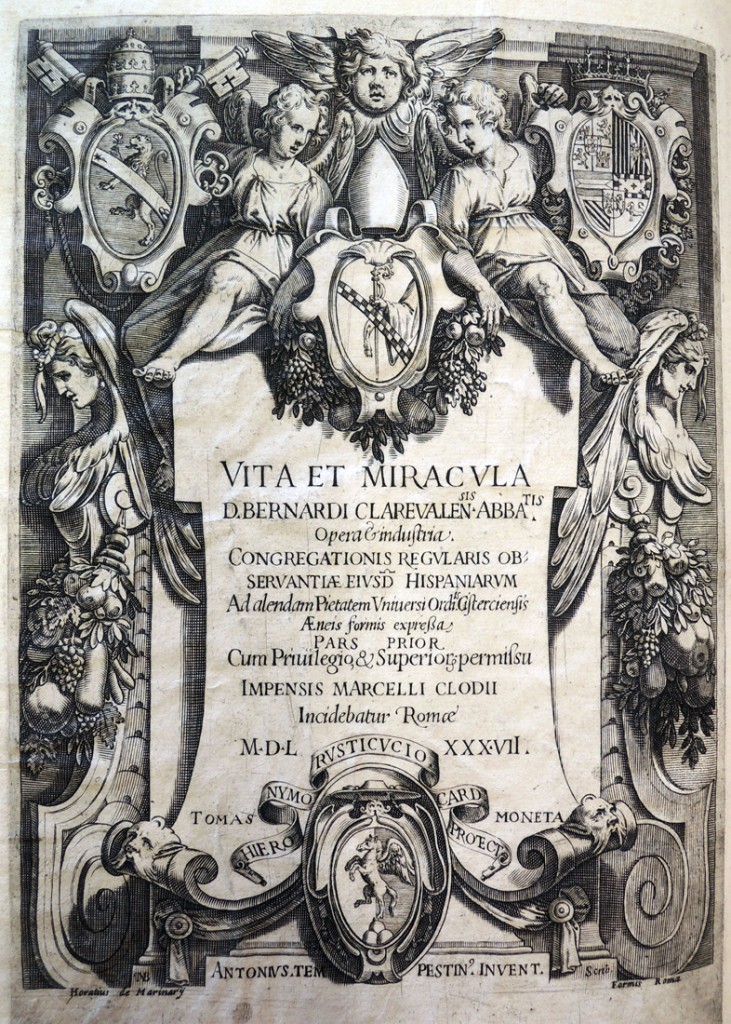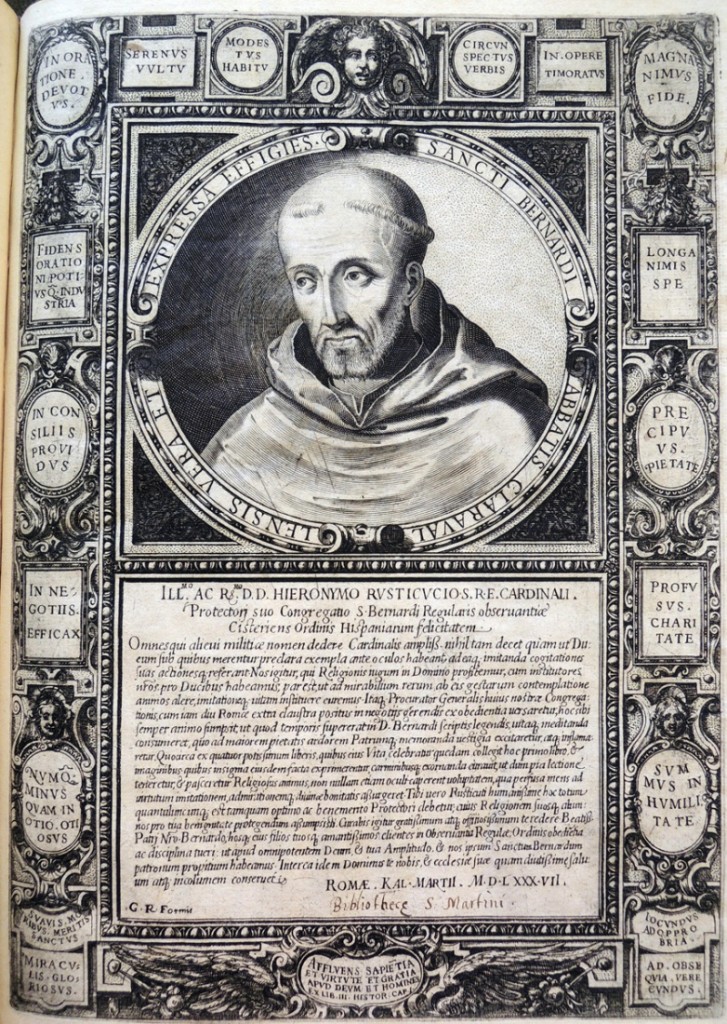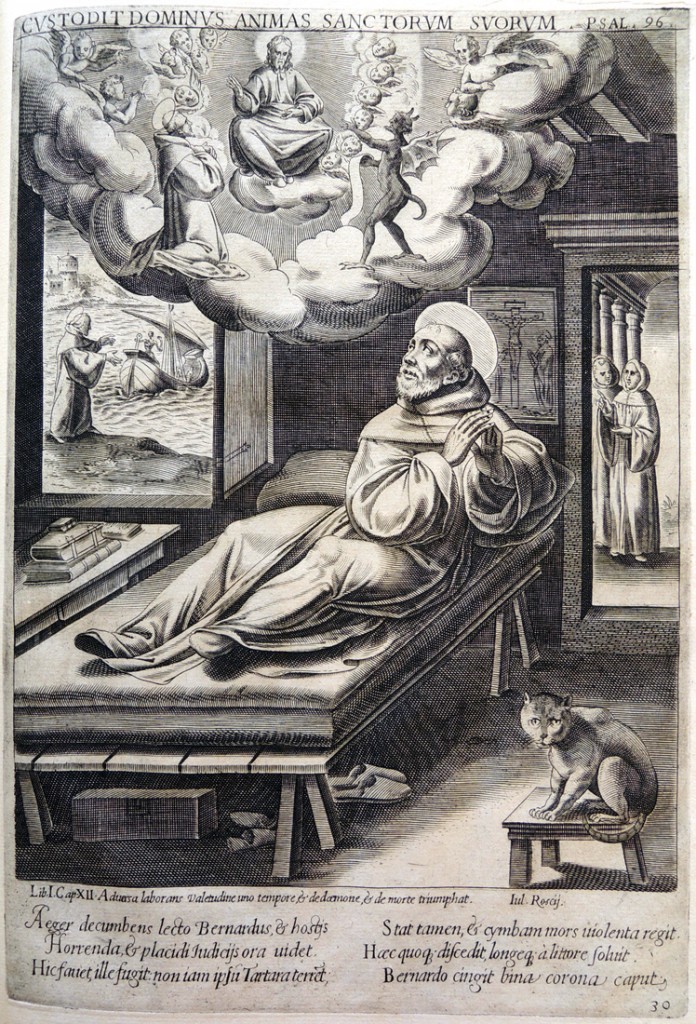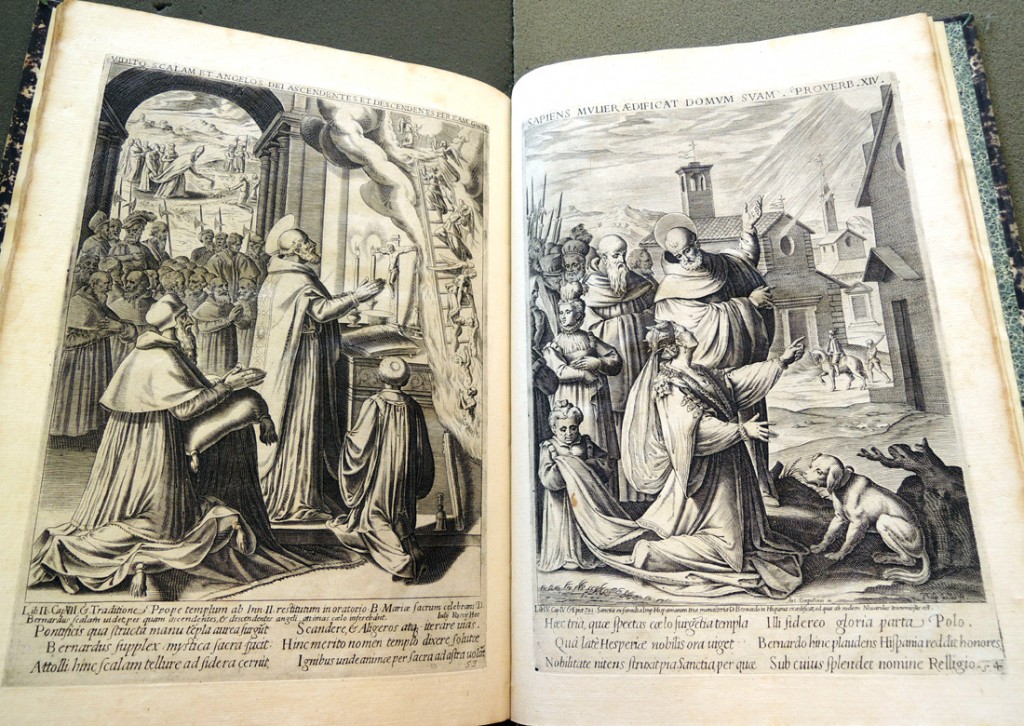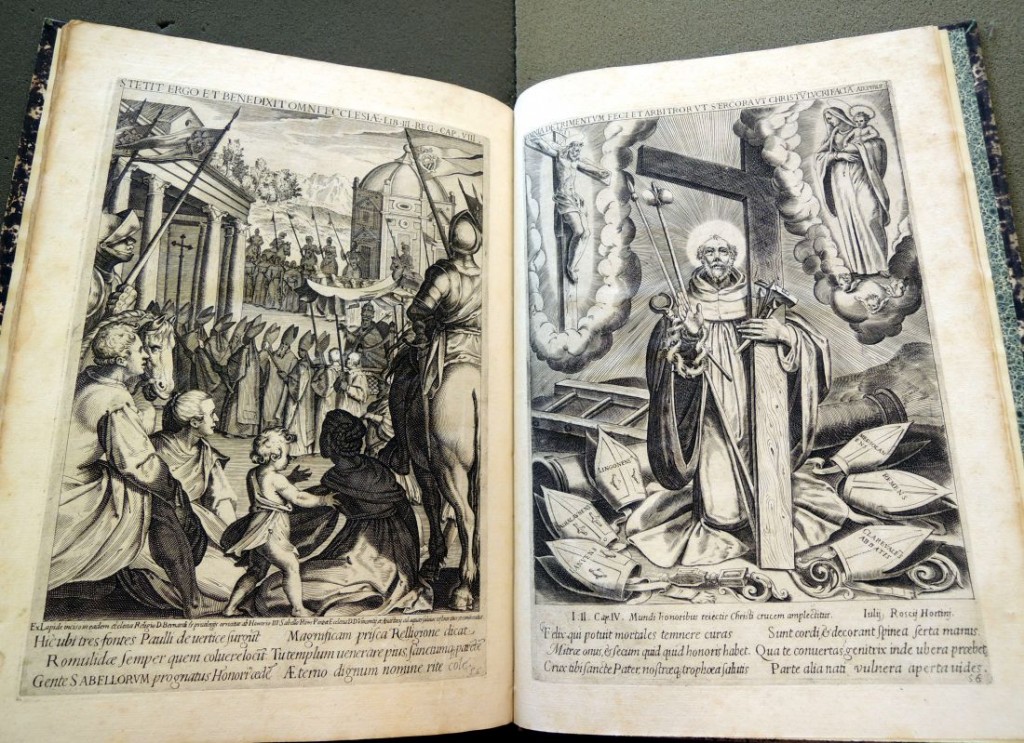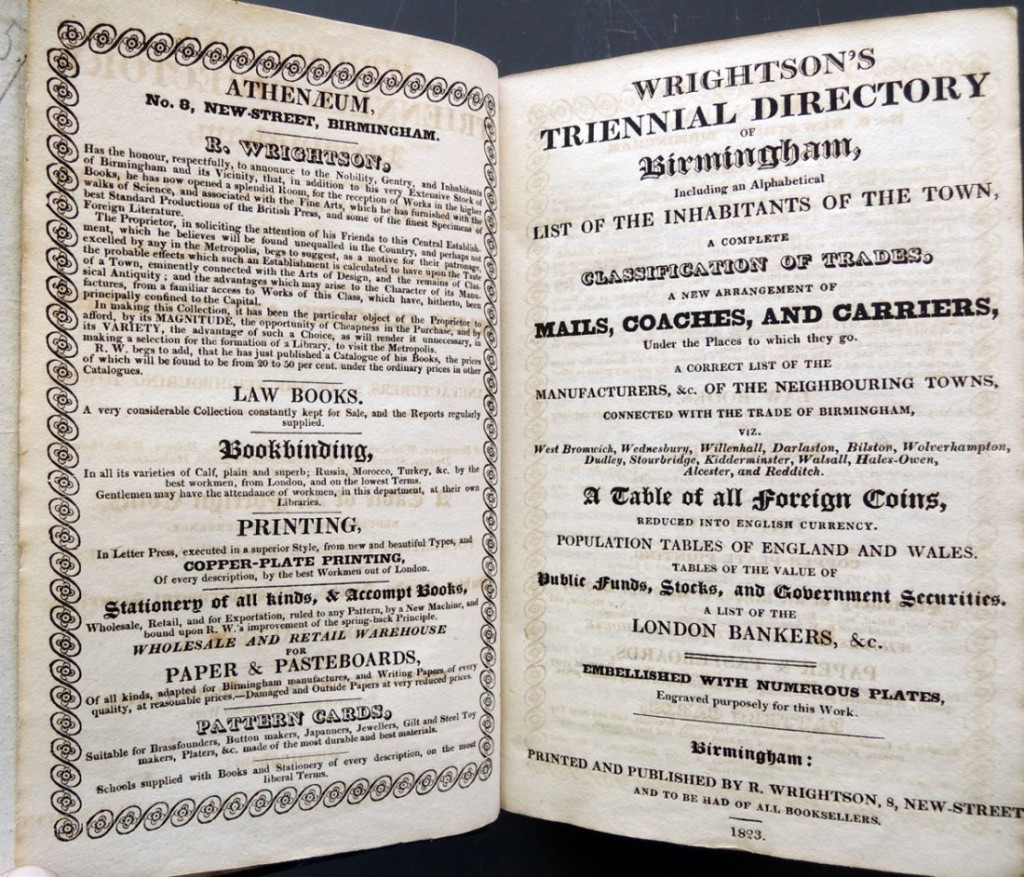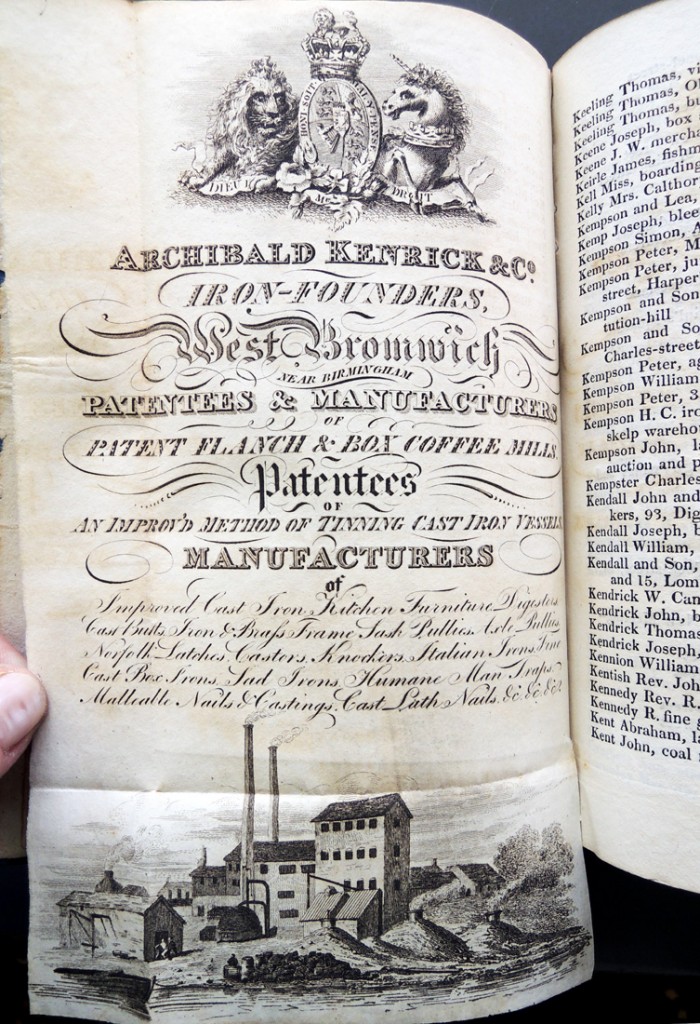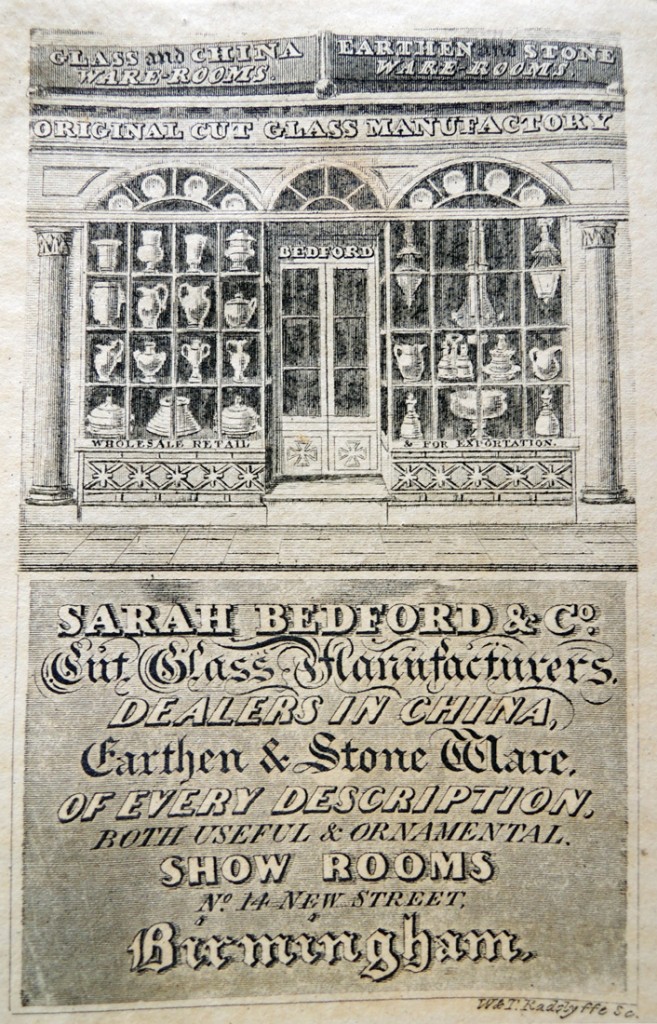
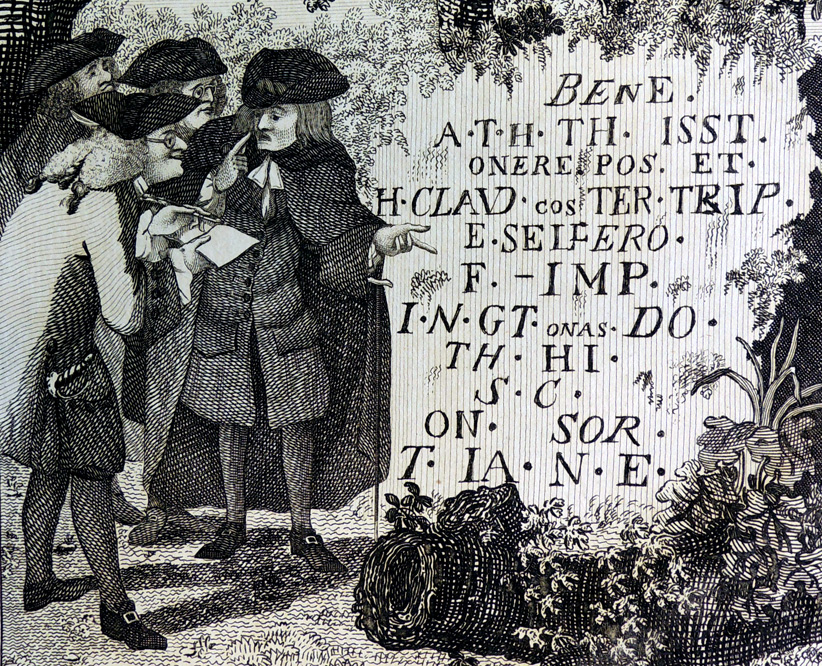
The Learned Antiquarians Puzzl’d (by an English Epitaph), January 1, 1770. Etching. Published by Mary Darly in Darly’s Comic Prints. Graphic Arts Collection GAX 2014- in process. Four antiquarians puzzled by an inscription, which reads: Beneath this stone reposeth Claud Coster, tripe-seller of Impington, as doth his consort Jane.
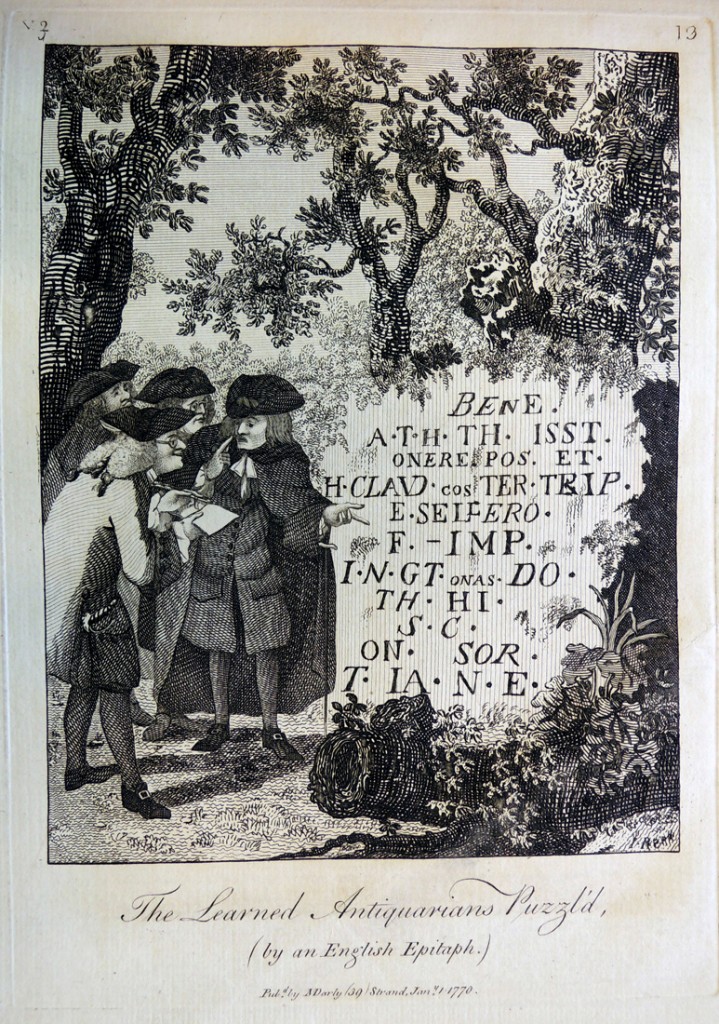
The Graphic Arts Collection recently acquired an album of eighteenth-century caricatures published by MDarly. Mary Darly (active 1757-1776) and Matthew Darly (ca.1720-1781 or later) married around 1760 and together, ran an active London printshop. Their advertisement read: “where may be had the greatest Variety of Comic Prints by several Ladies, Gentlemen, and the most Humourous Artists.”
According to the British Museum, most prints inscribed MDarly are published by Mary Darly, while Matthew acted as the shop’s engraver. It is unfortunate that the museum chose “for simplicity” to list all these works under only the husband’s name. Mary Darly’s responsibility is further confirmed with the British Museum’s title page for Darly’s Comic-Prints, which specifies “Pubd by Mary Darly.”
Our volume, an amalgamation of several series with no title page, contains 78 prints on 47 leaves (including some not held by the British Museum). Our earliest print dates from 1770 and the collection includes one print by Henry Bunbury not published by Darly. A number of them are after designs by Richard St. George Mansergh St. George, who worked with the Darly’s during the 1770s.
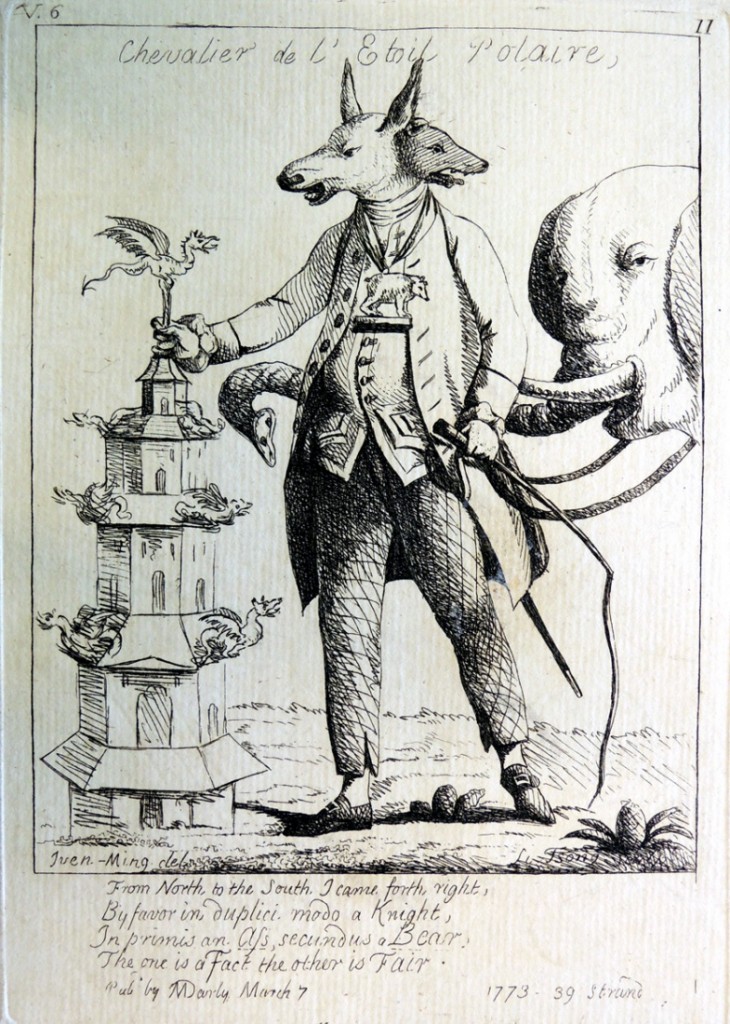 Chevalier de l’Etoil Polaire, March 7, 1773. Etching. Published by Mary Darly, in Darly’s Comic Prints. Graphic Arts Collection GAX 2014- in process. Inscribed: “From North to the South, I came forth right, / By favor in duplici modo a Knight, / In primis an Ass, secundus a Bear, / The one is a Fact, the other is Fair.”
Chevalier de l’Etoil Polaire, March 7, 1773. Etching. Published by Mary Darly, in Darly’s Comic Prints. Graphic Arts Collection GAX 2014- in process. Inscribed: “From North to the South, I came forth right, / By favor in duplici modo a Knight, / In primis an Ass, secundus a Bear, / The one is a Fact, the other is Fair.”
According to Dorothy George’s Catalogue of Political and Personal Satires in the British Museum this is a “satire on Sir William Chambers, illustrating in detail Mason’s ‘Heroic Epistle to Sir William Chambers, Knight,…’, which had just appeared and opens Knight of the Polar Star. It is both a political satire and an attack on Chambers’ Dissertation on Oriental Gardening and on the Chinese pagoda which he had built at Kew for the Princess Dowager of Wales.” The print is signed with two fictitious names, Juen-Ming del and Li Tson sculpt.
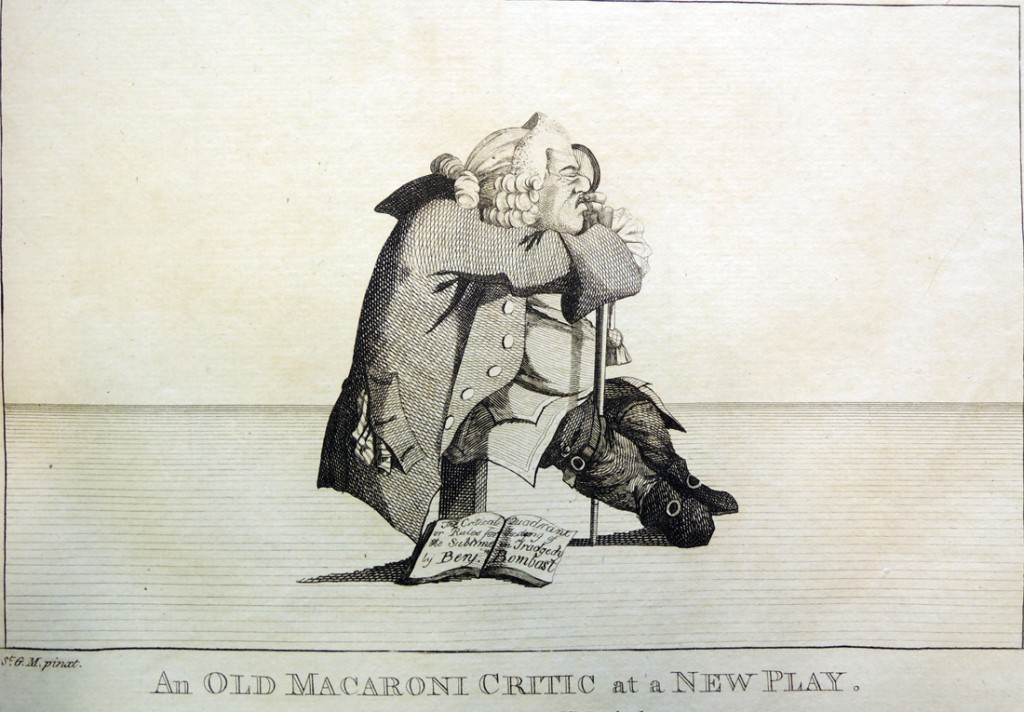 After Richard St. George Mansergh St. George (1750-1798), An Old Macaroni Critic at a New Play, November 16, 1772. Etching. Published by Mary Darly, in Darly’s Comic Prints. Graphic Arts Collection GAX 2014- in process. The book on the floor is inscribed: “The Critical Quadrant or Rules for Judging of the Sublime in Tragedy by Benj. Bombas.”
After Richard St. George Mansergh St. George (1750-1798), An Old Macaroni Critic at a New Play, November 16, 1772. Etching. Published by Mary Darly, in Darly’s Comic Prints. Graphic Arts Collection GAX 2014- in process. The book on the floor is inscribed: “The Critical Quadrant or Rules for Judging of the Sublime in Tragedy by Benj. Bombas.”
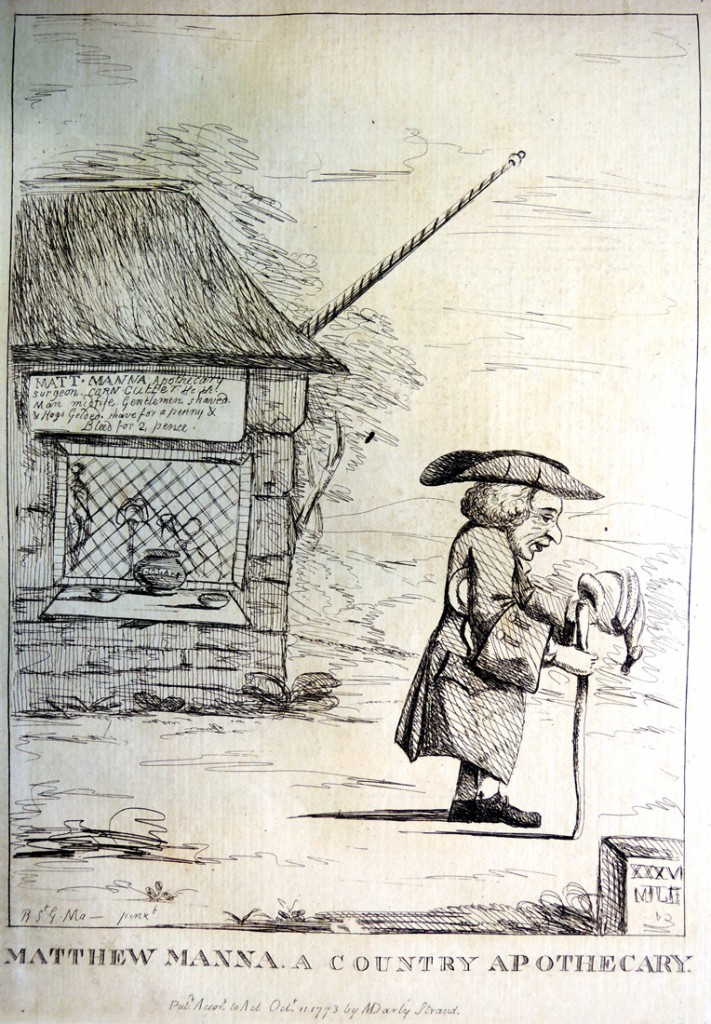 After Richard St. George Mansergh St. George (1750-1798), Matthew Manna, A Country Apothecary, October 11, 1773. Etching. Published by Mary Darly, in Darly’s Comic Prints. Graphic Arts Collection GAX 2014- in process.
After Richard St. George Mansergh St. George (1750-1798), Matthew Manna, A Country Apothecary, October 11, 1773. Etching. Published by Mary Darly, in Darly’s Comic Prints. Graphic Arts Collection GAX 2014- in process.
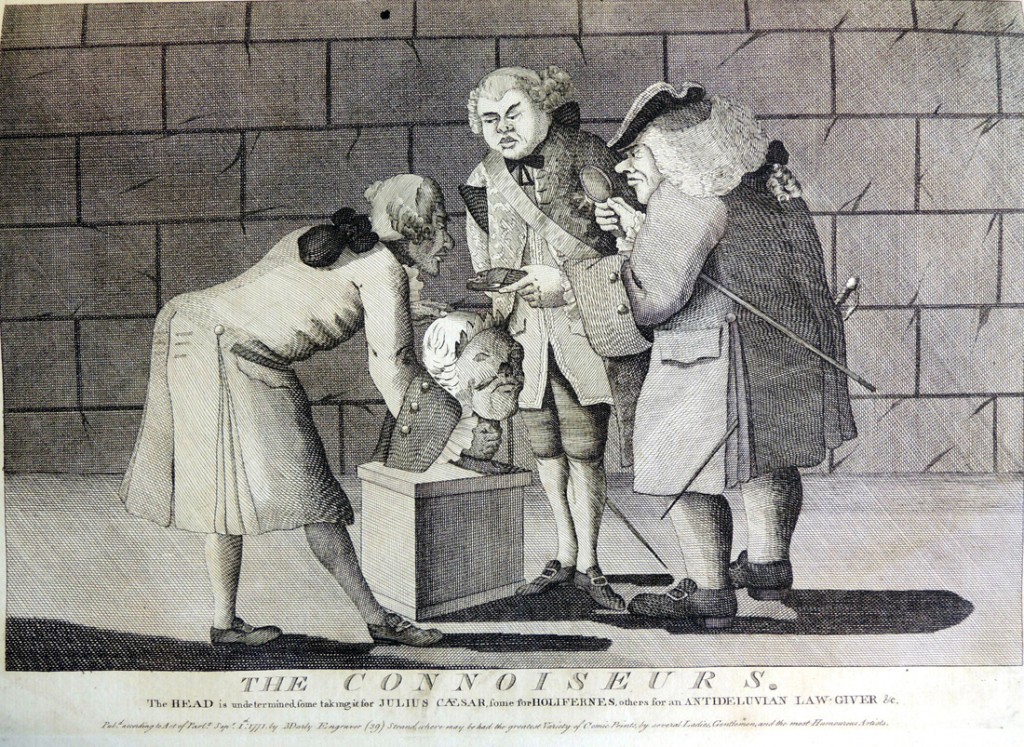 The Connoiseurs. The Head is undetermined, some taking it for Julius Caesar, some for Holifernes, others for an Antideluvian Law-Giver &c., September 1, 1771. Engraving. Published “by MDarly, Engraver, Strand, where may be had the greatest Variety of Comic Prints by several Ladies, Gentlemen, and the most Humourous Artists” in Darly’s Comic Prints. Graphic Arts Collection GAX 2014- in process.
The Connoiseurs. The Head is undetermined, some taking it for Julius Caesar, some for Holifernes, others for an Antideluvian Law-Giver &c., September 1, 1771. Engraving. Published “by MDarly, Engraver, Strand, where may be had the greatest Variety of Comic Prints by several Ladies, Gentlemen, and the most Humourous Artists” in Darly’s Comic Prints. Graphic Arts Collection GAX 2014- in process.
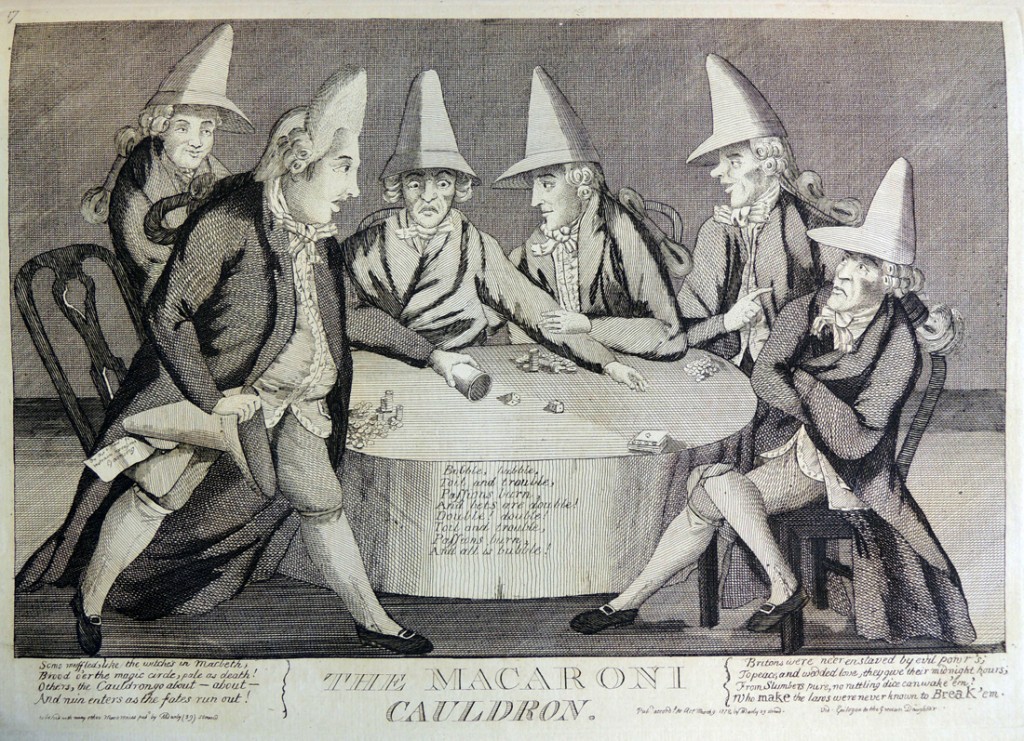 The Macaroni Cauldron, March 9, 1772. Etching. Published by Mary Darly, in Darly’s Comic Prints. Graphic Arts Collection GAX 2014- in process. Inscribed with four lines from the Epilogue to the Grecian Daughter and lines from Macbeth on the table cloth.
The Macaroni Cauldron, March 9, 1772. Etching. Published by Mary Darly, in Darly’s Comic Prints. Graphic Arts Collection GAX 2014- in process. Inscribed with four lines from the Epilogue to the Grecian Daughter and lines from Macbeth on the table cloth.
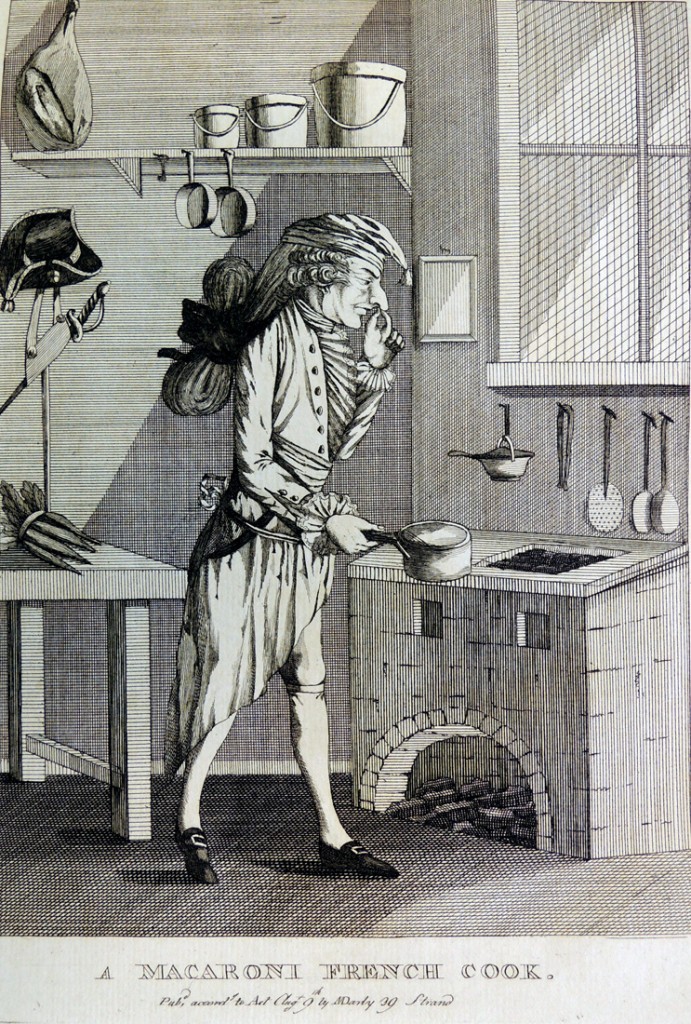 A Macaroni French Cook, August 9, 1772. Etching. Published by Mary Darly in Darly’s Comic Prints. Graphic Arts Collection GAX 2014- in process.
A Macaroni French Cook, August 9, 1772. Etching. Published by Mary Darly in Darly’s Comic Prints. Graphic Arts Collection GAX 2014- in process.
